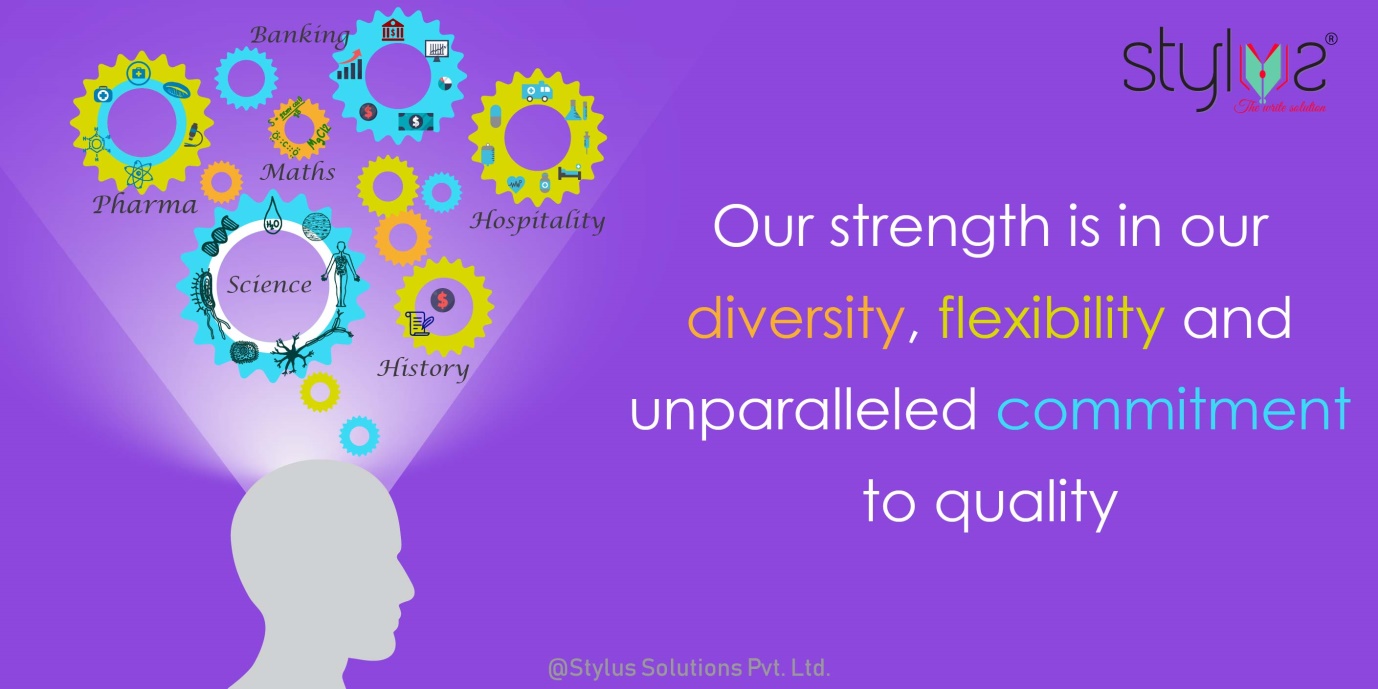Many experts have mixed views about animation as an effective elearning medium. Many even think that it undermines the value of the learning experience. The truth, however, is that animations gives life to your content because they visually communicate your idea to the audience. They make your elearning course more interesting by adding the entertainment quotient. Elearning content development in Mumbai has been constantly evolving. Most elearning companies in Mumbai use animations to make their courses interactive, engaging and digestible. So, how do you make animations more interesting, entertaining and effective. Let’s explore!
Use animations to explain complex topics
Let’s say you want to teach the main geographical landforms of Asia. A simple write-up with static images will do the job but adding the zoom-in feature to pin-point the right location on the map and triggers like Click to Reveal or Hotspots coupled with the right audio will make it far more engaging. Similarly, an animated timeline featuring clickable objects will give users a better learning experience for historical events by dividing the events into different periods. Animations can definitely simplify complex topics to provide an easy learning experience.
Use precise elements to convey the right emotion
Your animation may have the best of features, but without the right emotion and tone they might fail to produce the intended results. For example, humour will go well in an ice-breaker exercise, but may not signify the severity of the situation when demonstrating sensitive topics like women safety at the workplace. Such topics require more serious animations. For example, you can use a character demonstrating what to/what not to do in such situations. Remember: All elements of your elearning – right from the sound effects to the script should focus on creating the desired emotional atmosphere and delivering the intended goals.
Provide controls for pacing
The speed at which one can learn differs from person to person. At times, it is difficult for certain learner to handle the information overload in animations. Ensure that you provide proper controls so that the learner is able to manage the animation speed and rewind it when required.
Pair animations with voice overs
The importance of voice overs and audio in elearning is no less than the content. A balance of audio and visuals is what creates a captivating module that grasp the audience’s attention. Although text is sometimes used in lieu of voice overs, it seldom generates the same impact as voice overs. If you are using labels, place them close to the objects so that the learner is not distracted.
Provide visual cues
Learners may find it difficult to locate the most important parts of an animation, especially if they are new to the topic. Place visual cues to indicate the key points or areas where users should focus their attention.
In addition to the above points, use appropriate means to access whether learning is taking place. Remember: even the most compelling elearning course is not impactful unless it is able to resolve the genuine learning needs of your audience.
©Stylus Solutions Pvt. Ltd. 2017. — ↑
